
The inspection of coffee imports to the United States is under the jurisdiction of the U.S. Department of Agriculture. The USDA’s Animal and Plant Health Inspection Service inspects shipments of coffee. The goal: to prevent the entry of the Mediterranean fruit fly (Ceratitis capitata), coffee berry borers (Hypothenemus hampei), and Hemileia vastatrix, a fungus that causes coffee rust disease.
Roasted coffee beans or berries entering the United States are subject only to inspection and release. The treatment of unroasted beans or berries depends first on whether any pulp is attached. If pulp is present, entry is prohibited. If no pulp is attached, coffee shipments going to any destination other than Hawaii or Puerto Rico will be inspected and released.
Inspection of coffee imports to Hawaii and Puerto Rico
Coffee is grown in only two places within the United States: Hawaii and Puerto Rico. (Puerto Rico is an unincorporated territory of the United States.) For coffee imports other than roasted beans and berries, Hawaii and Puerto Rico are treated differently from the rest of the country.
Unroasted, pulp-free beans or berries going to Hawaii or Puerto Rico are subject to inspection and release if they have been processed to the extent that borers and rust spores would be killed. If they have not been processed to that extent, they are treated as seeds not for planting, and entry is prohibited. (Entry and offloading are also prohibited for shipments that transit Hawaii and Puerto Rico even if the final destination is elsewhere. There is one exception: if the seeds are samples, their treatment depends on the packaging.)
Coffee flowers, leaves, stems, and roots also receive different treatment in Hawaii and Puerto Rico. Neither entry nor offloading of shipments is permitted in these jurisdictions, whereas shipments to all other U.S. destinations are subject to inspection and release.
References:
United States Department of Agriculture, Miscellaneous and Processed Products Import Manual (2012), Table 3-55, page 3-43. United States Department of Agriculture, Seeds Not for Planting (2012), Table 3-8, page 3-14.






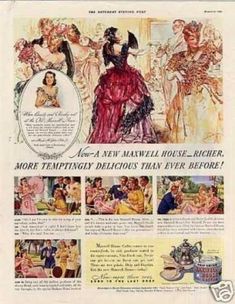
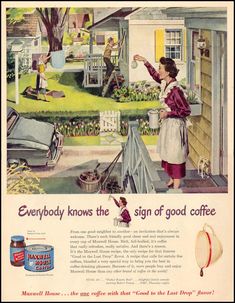
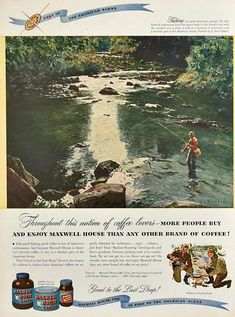
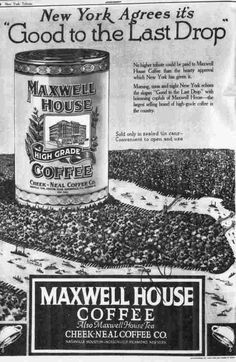


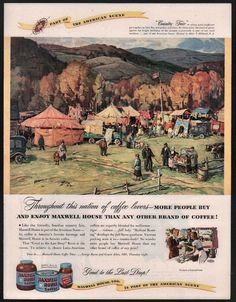
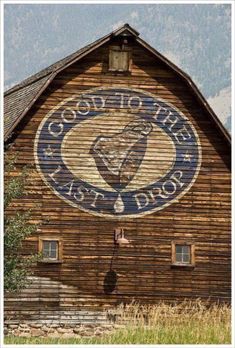

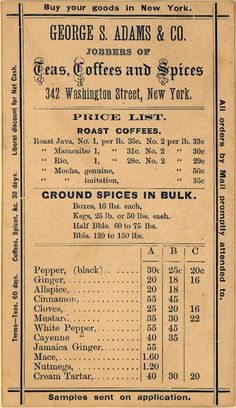
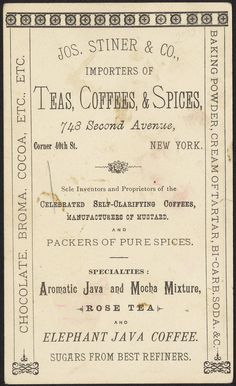


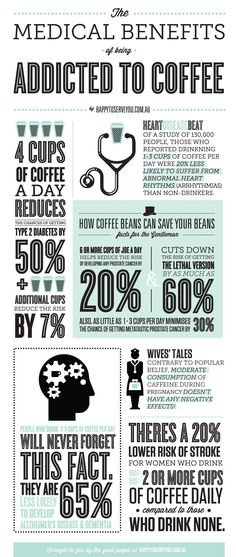
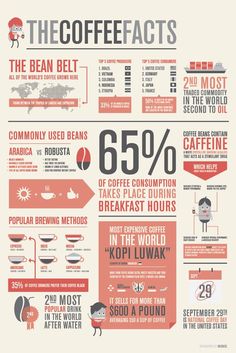
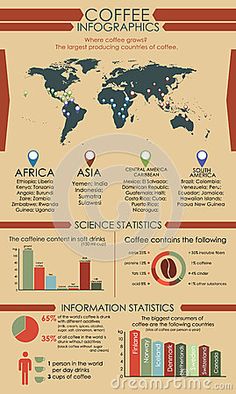




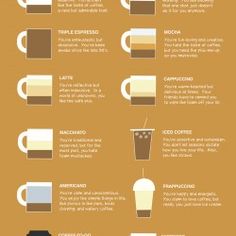
Leave a Reply